
What is the BEST Lens for a Gorilla Photo Safari?
Narrowing down a full camera kit to just one BEST lens is always a bit challenging, especially because different people have different styles of photography. However, for specific wildlife encounters, there are key factors I look for when choosing my “go to” lens for any given trip.
Gorilla photography is somewhat predictable in terms of distance from photographer to the gorillas, as well as lighting conditions, and what the background looks like. As a result, I want a telephoto lens (distance negotiable) that is relatively “fast” with a wide aperture. This wide aperture will help tremendously with the oftentimes low light in the dense jungles of Uganda and Rwanda, while also helping blur the background to draw better focus on the gorilla subject.
For these reasons, my top pick for the BEST lens has to be the 70-200mm f/2.8. This medium telephoto has decent reach, but more importantly has decent reach at f/2.8 maximum aperture. This is a game changer, and although 200mm on a full frame camera is not the greatest reach of all time, the fact you can get such at f/2.8 in a relatively manageable and hand-held lens is the real key. Today’s modern cameras are very good at cropping, so the lack of telephoto (like what a 300mm or 400mm might give you) is less important than what the f/2.8 gives you.
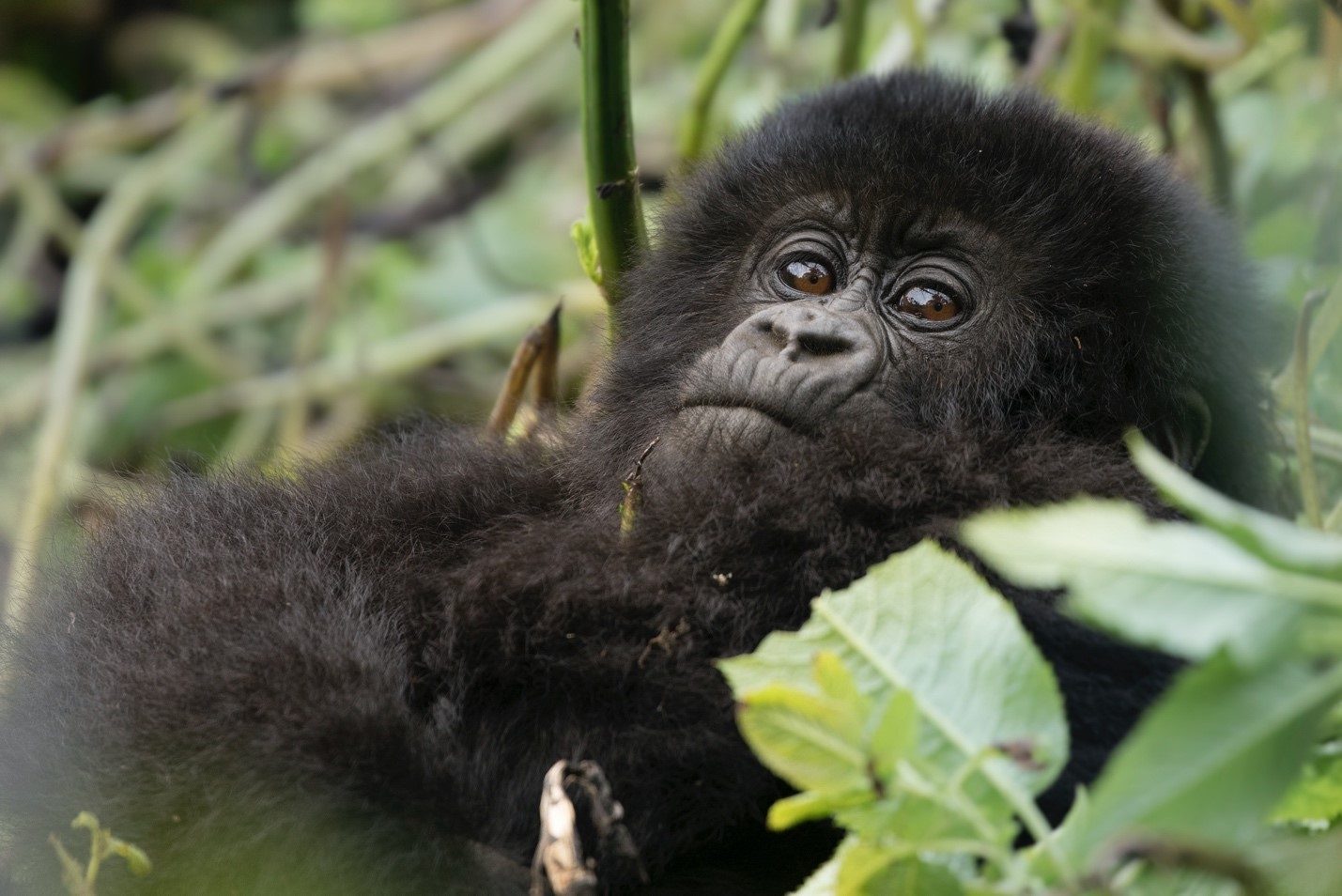
Low Light Photography
Although not ALWAYS the case, you must be prepared to photograph in low light conditions. One way to mitigate low light is to have a camera capable of shooting at high ISOs at high quality…like ISO 1600, 2000, and even 3200 and above. The key here is high ISO at HIGH quality…most cameras today will go up to ISO 6400 or even ISO 12800, but that doesn’t mean the resulting photo will be a good one.
The more time-honored way to photograph in low light is to equip yourself with a “fast” lens…those that can go to very low aperture numbers (also known as having a wide maximum aperture). If you need to brush up on the basics of apertures, be sure to read my article here on Apertures and F-Stops.
While most lenses will have a maximum aperture of f/5.6, or maybe if they’re really good f/4. But f/2.8 is highly uncommon at larger telephoto lengths. Just think, a lens at f/2.8 lets in 4 times as much light as one at f/5.6. This means if your camera gives you a shutter speed of 1/80 at f/5.6 (which is typical in jungle settings) you could take the EXACT same photo at 4 times as much light, which would be 1/320th of a second. This is a BIG difference for freezing motion or dealing with your own hand movement while photographing.
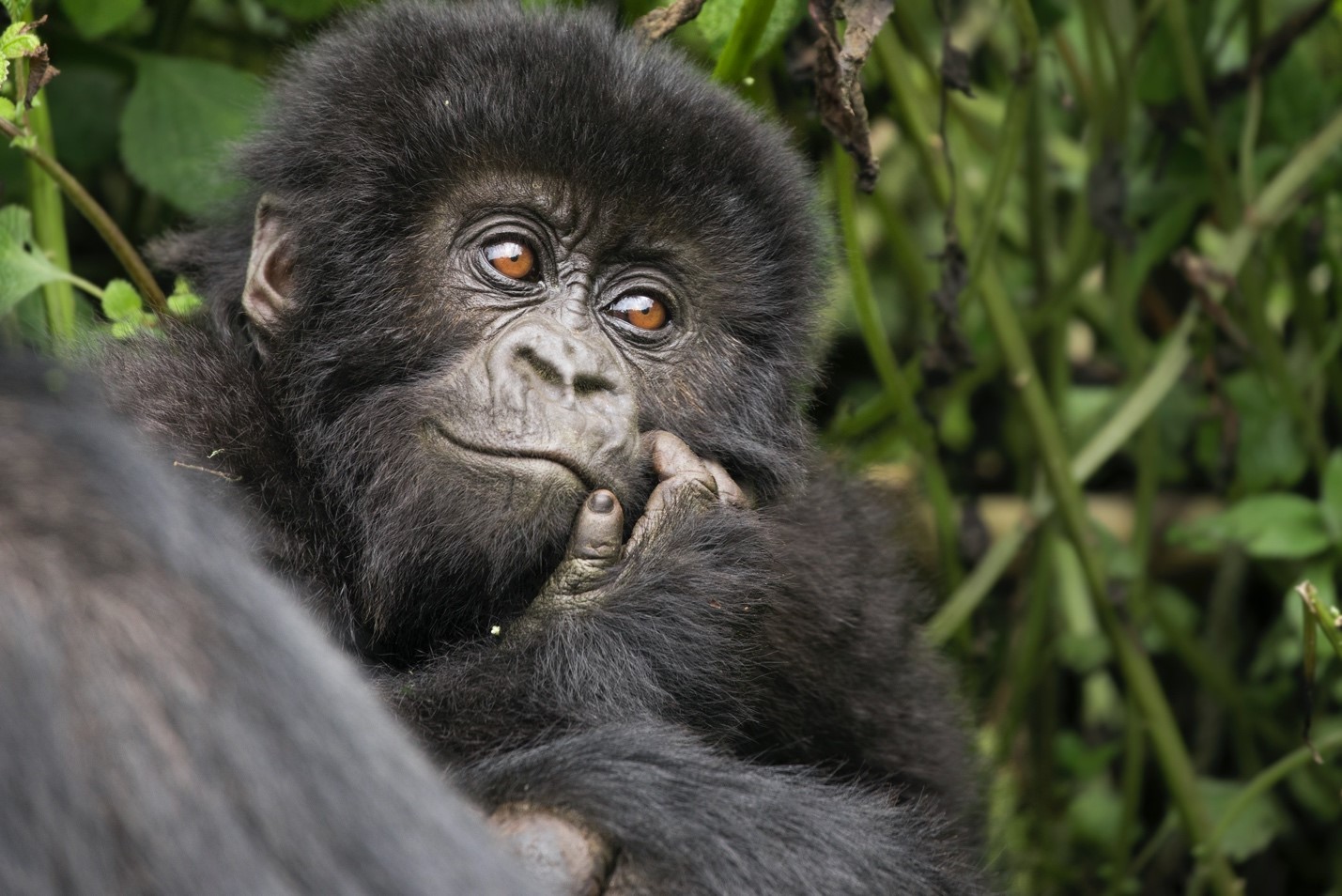
Background Blur
Equally important to me as being able to photograph in lower light is the ability to blur the background with low aperture numbers like f/2.8. As you’ll likely see, if you’re headed on a Uganda and Rwanda Photo Safari, you’re often in dense, impenetrable jungle. Thus, there are lots of vines everywhere, and tons of foliage. This can be very distracting to the viewer of your photograph and detracts from the subject. By being able to blur the background through a wide maximum aperture (i.e., small f/number) you isolate the subject from the background, and as an added bonus, the juxtaposition from background blur to sharp subject makes the subject look even sharper—a very good thing!
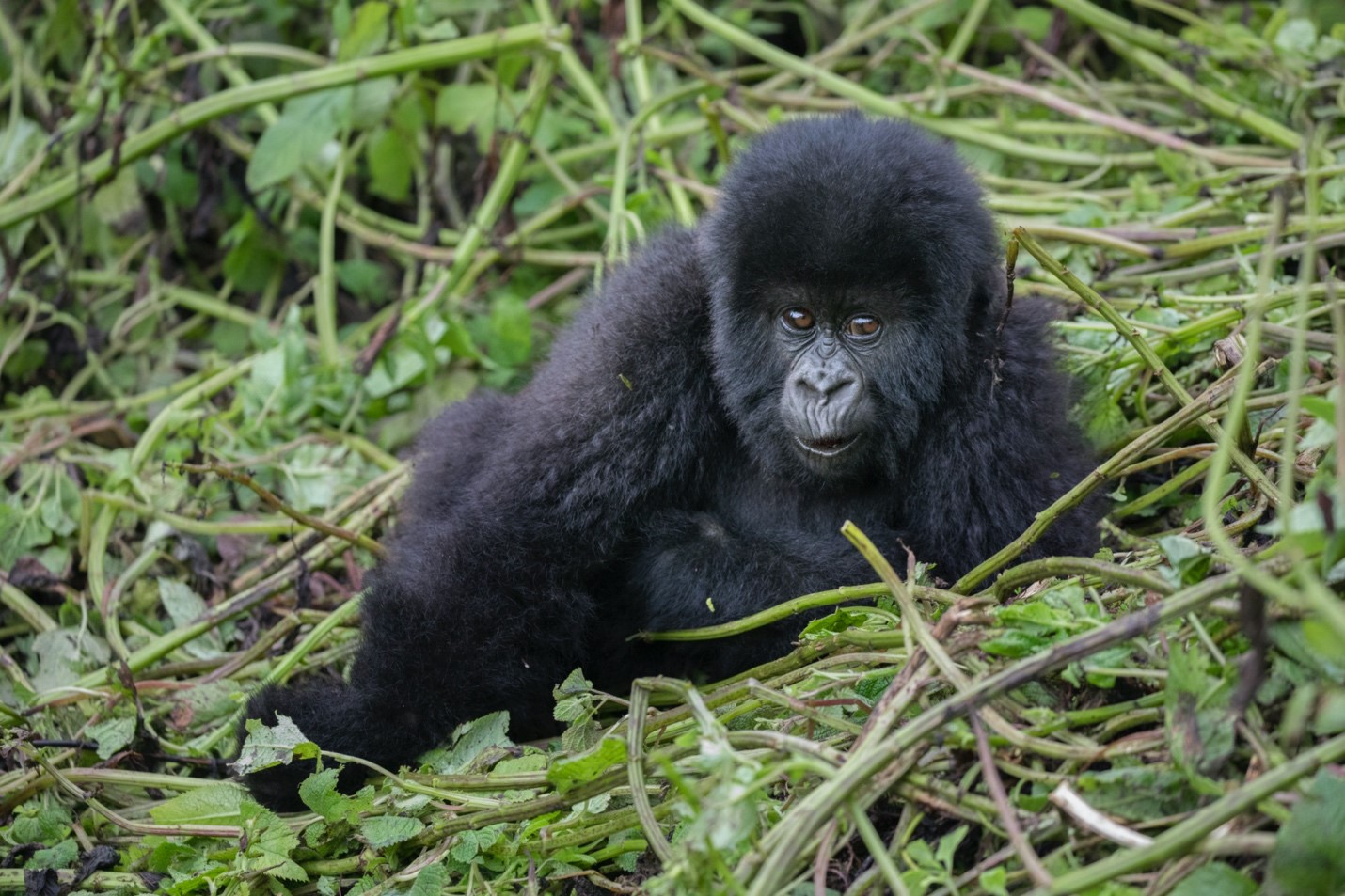
See what you’re contending with as far as foliage and background in Rwanda in the above!? The more blur you can inject, the better the photo. This was a tough positioning for this little baby gorilla…
The Only Drawback of the 70-200mm f/2.8
If there’s a drawback, it’s the lack of telephoto length at 200mm on a full frame camera. For this reason, it’s perhaps one of the few times I might recommend bringing a crop frame camera (in addition to a full frame camera, if you also shoot full frame) for the extra telephoto length. For Nikon, this would put the 200mm at a 300mm equivalent, and on Canon it would turn it into a 280mm.
If you ONLY have a full frame camera, I still feel this 70-200mm is a great lens, but you may be remiss by not also bringing a trusty 100-400mm or 80-400mm for the added reach. These will only get you to f/5.6, which is ok…not great, but for certain shots you may simply need more telephoto.

For example, this little guy was about 50 yards away, separate from his main family. While I did indeed have great gorilla photo ops in front of me, how could you not want to get a great shot of this posing youngster!?
In Summary
As you can see from my words of caution at the end here, there may not be an absolute PERFECT lens, as there are always drawbacks. While I love my 100-400mm for its versatility, I really despise f/5.6 when in low light or in tangled environments…it just doesn’t get enough background blur for my taste. Thus, while I sacrifice reach, I’m always in favor of the remarkable 70-200mm f/2.8 when on my Gorilla safaris.
Now go forward and give it a shot!
Best,
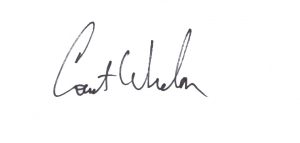
Court
8 Comments

Bev Johnson
July 24, 2020 at 1:15 pm
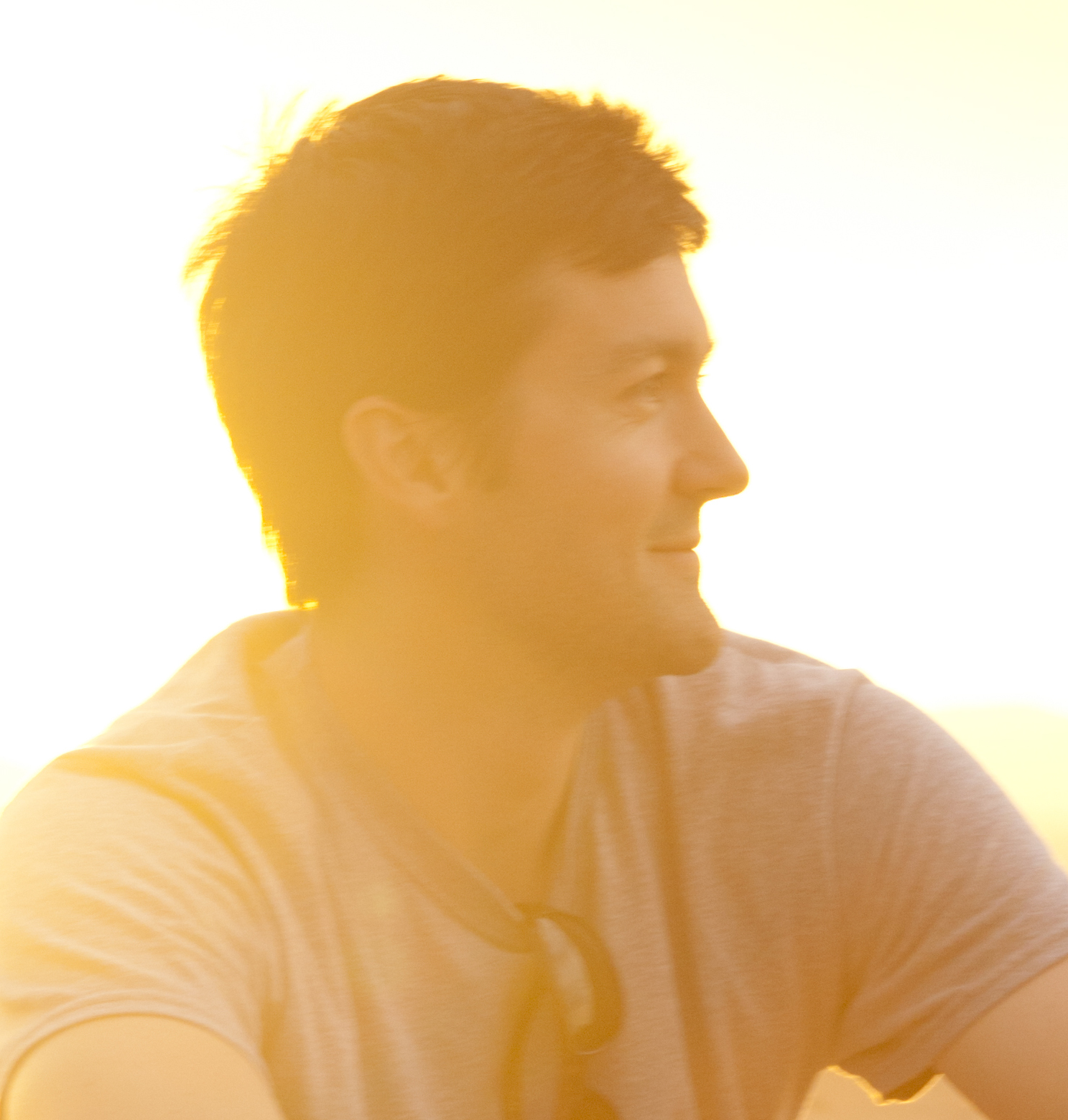
Court Whelan, Ph.D.
August 5, 2020 at 8:18 am

Penny
February 23, 2021 at 2:23 pm

Court Whelan, Ph.D.
February 24, 2021 at 1:11 pm

Paul Gold
December 10, 2022 at 8:35 am

Court Whelan, Ph.D.
December 12, 2022 at 11:26 am

Paul G
December 10, 2022 at 12:36 pm

Court Whelan, Ph.D.
December 12, 2022 at 11:28 am
Court, We are going to Uganda next August. My Nikon D850 and my Nikkor 200-500 lens is the one I think I should use. Do you recommend the 70-200 instead??
Bev Johnson
Hi Bev, the 70-200 would be fantastic if it’s an f/2.8. That is really valuable with the gorillas. However, you may benefit from the reach of the 200-500, as the 850 is a full frame. Frankly, I would bring both and be ready to change them for different shots throughout each gorilla encounter. It might be a little heavy to carry, but porters are available for hire at each ranger station, and I always like supporting them with an extra porter or two for the day. Hope this helps!
Court,
In many of your presentations you’ve spoken highly of the Sony RX10 Bridge camera. If you were going on a gorilla trek safari, would this be a good camera to use? When I read this blog, sounds like you are recommending a camera with a zoom lens 70-200 because of the F/2.8 F stop. So would there be a disadvantage in using the Sony RX10 IV Mirrorless Cyber-shot High Zoom 20.1MP Camera w/ 24-600mm F.2.4-F4 lens?
I’m open to buying a new camera for future wildlife expeditions and watching many of your presentations, your recommendations mean a lot to me.
Hi Penny, great question and thanks so much for attending my presentations! In short, yes, I would recommend the Sony RX10 for a gorilla trek. Having one camera that does everything is fantastic, and the lens quality, camera sensor, low light capabilities, etc. are great. If you were to compare this with, say, a reasonably good DSLR or mirrorless camera with a 70-200mm f/2.8, you would probably like the shots from the DSLR/70-200 combo better. However, and it’s a big however, you may only see the advantage with that 70-200mm range. That is, for all the landscape shots, zoomed in shots beyond 200mm, etc., there isn’t going to be a big advantage. And for what would likely cost about 3x as much (the DSLR and lens combo, not to mention other lenses you’d need) the RX10 is an amazing value and great performer for something like this. I hope this helps a bit! Rumor has it that an RX10 version 5 may be coming out sooner than later (I don’t think a date is set). That means the RX10 IV will be discounted soon and/or a newer version may have even better qualities :). Cheers!
Thank you for the above article. I really appreciate it.
I will be going to Rwanda in June 2023 and will do two gorilla treks and a golden monkey trek.
I shoot with a Canon R6 and have the RF 100-500 L f4.5-7.1 which I’ve used on previous safari shoots. Do you think it would be too much lens for a gorilla trek? I’m also wondering if it’s too slow.
I’m thinking of renting the RF 70-200 f2.8 since I’m worried the f4 might not be fast enough in the rainforest.
Do you think I will be well covered with the 70-200 and the 100-500?
Also, will I be able to change lenses on the fly in the rainforest?
Any info is appreciated.
Hi Paul, great to hear from you! Short answer is that the 100-500 is fantastic and will definitely be valuable with the gorillas, monkeys, chimps, and other wildlife. You’ll definitely want to bring it and the f/4.5-7.1 isn’t bad at all. I do think that when you’re in the 70-200 range the f/2.8 will be superior. However, it’s about the same size lens as the 100-500 and less versatile, so between the two the 100-500 is definitely the work horse. If you do have the desire and space to bring the 70-200, you’ll DEFINITELY use it. If I were to name a %…maybe you’ll use it 30% of the time, 100-500 50% of the time and then 20% of the time you’ll use a 24-105 or 24-70. I hope this helps! Oh and by the way, f/4 really ins’t too slow for light (R series does great with higher ISO) it’s really more about the bokeh that you’ll benefit from on a f/2.8 in the dense rainforest :).
Thank you for the information. It’s been very helpful.
I will be in Rwanda in June and will do two gorilla treks and a golden monkey trek.
I shoot with a Canon R6. I’m wondering if my RF 100-500 will be too slow as it’s f4.5-7.1 for gorillas?
I was thinking of renting the RF 70-200 f2.8. Since the R6 has the ability to switch between full frame and crop, I would have the extra range if I really needed it or I could just crop a full frame raw image in post.
I’d also be interested in your opinion if an f4 would be too slow for the gorillas.
Any info is greatly appreciated. Thanks in advance.
Sincerely, Paul
Hi Paul, I think I replied to a similar question here, but happy to reply again here just to cover our bases :). The 70-200 is a wonderful lens to use as THE BEST lens, but there will definitely be times that you need more range, which will be provided by the 100-500. The ideal combo would be of course to bring both, but if you can only bring one, the 100-500 is one of the very best to cover absolutely everything.